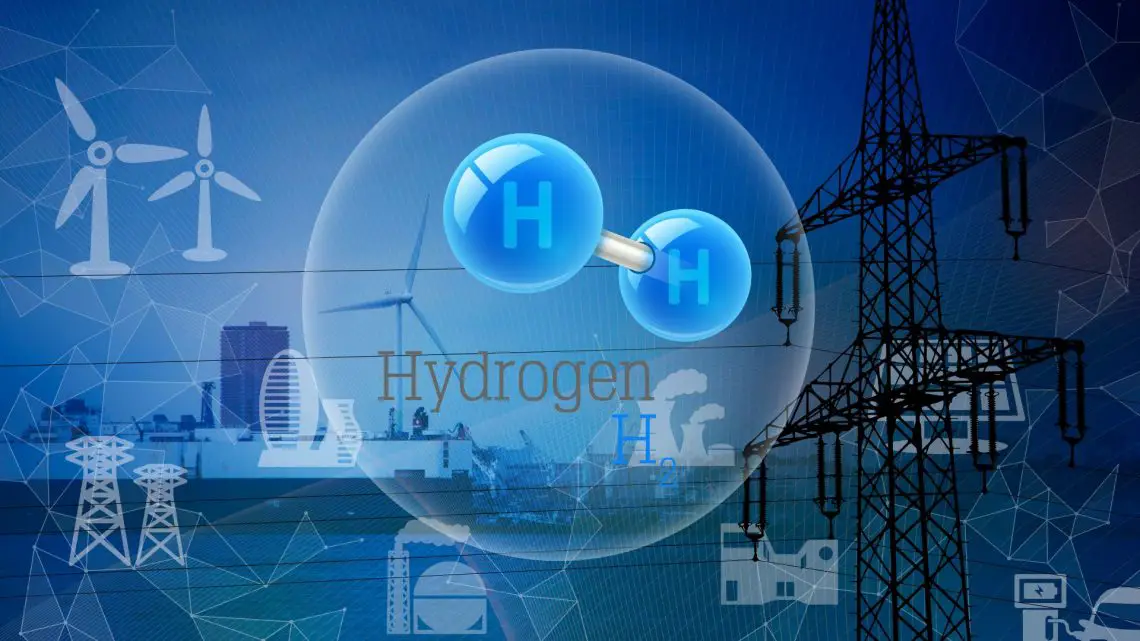
Microgrids and Hydrogen: A New Dawn for Rural Communities
December 16, 2024Rural communities often face unique challenges when it comes to energy access and reliability. Power outages, fuel poverty, and dependence on fossil fuels can hinder their growth and sustainability. But what if there was a way to turn that around? Enter microgrids and hydrogen technology — a pairing that has the potential to revolutionize how rural areas generate and use energy.
What is a Microgrid Anyway?
A microgrid is a small, self-contained energy system that can operate independently or in conjunction with the main power grid. It includes energy generation sources like solar panels or wind turbines, battery storage for holding excess power, and advanced software to balance supply and demand. Unlike traditional grids, microgrids prioritize local energy production, making them ideal for remote or underserved areas. They can power anything from single-family homes to entire villages while also minimizing dependence on centralized energy infrastructure.
Scotland Leading the Charge
Scotland has emerged as a shining example of how microgrids can benefit rural regions. The HydroGlen project, spearheaded by the James Hutton Institute, is pushing boundaries with its green hydrogen-powered microgrid. Located in the Highlands, this groundbreaking initiative uses wind and solar energy to produce clean hydrogen via electrolysis. Hydrogen acts as an energy carrier stored on-site, ready for use when renewable sources aren’t producing enough power.
Designed for rural farming communities, HydroGlen aims to address issues like extended power outages and rising fuel costs. More than just a pilot project, it’s a blueprint that could be replicated worldwide. By helping farmers power equipment, charge electric vehicles, and reduce reliance on diesel fuel, HydroGlen demonstrates the scalability of this technology.
Hydrogen’s Role in Microgrids
Hydrogen is the star player in many modern microgrid setups. When created using renewable energy sources, hydrogen becomes a clean, versatile fuel. It can be stored in gas or liquid form, transported easily, and converted back into electricity in fuel cells or generators. Importantly, it emits nothing but water vapor when used.
Within a microgrid, hydrogen is a game-changer for energy storage. Wind and solar power are intermittent by nature—cloud cover, nightfall, or still winds can disrupt their output. Hydrogen serves as a long-term storage solution, ensuring excess energy produced by renewables isn’t wasted.
The Latest in Microgrid Tech
The microgrid sector is booming, with new projects and advancements cropping up globally. For example, in the United States, California has invested in wildfire-resilient microgrids to keep power running during emergencies. Meanwhile, Australia is trialing hydrogen microgrids in off-grid regions to reduce diesel consumption. These smart, adaptable systems are becoming more affordable and efficient, thanks to improved battery technology, AI-driven energy management software, and innovative hydrogen production methods.
Can It Work in Your Backyard?
The exciting part? Microgrid and hydrogen technologies aren’t limited to large-scale projects like HydroGlen. Smaller, residential microgrids are already on the rise, allowing homeowners to supplement their rooftop solar panels with battery storage and hydrogen systems. With the right setup, you could produce clean energy for your home and store it in hydrogen tanks for later use.
That said, the initial costs can be a barrier. Green hydrogen production equipment and microgrid components require significant investment, though costs are falling as the technology advances. Policies like tax incentives and subsidies could help homeowners adopt this one-day energy-independent vision.
Scaling Up for Factories and Businesses
Industries and factories can also adopt microgrids to cut energy costs and carbon emissions. For instance, warehouses or manufacturing plants can pair solar panels with hydrogen storage to power machinery and keep operations running during peak hours. Hospitals, schools, and other critical facilities could guarantee uninterrupted energy during emergencies by adopting similar models.
For businesses, microgrids offer resilience and cost savings. Yet, adoption remains slow due to large upfront expenses and the complexity of retrofitting existing infrastructure.
Why Aren’t More Communities Adopting This?
With such clear benefits, why isn’t this the go-to solution for towns and businesses? The answer lies in funding, awareness, and infrastructure challenges. Many communities lack access to the resources needed to plan and implement microgrids. Additionally, there’s often a lack of political will or policy frameworks to incentivize adoption. Public understanding of technologies like green hydrogen and energy storage is still limited, which often hinders widespread support.
The Path Ahead
Looking to the future, the deployment of microgrids is poised for significant growth. Costs for green hydrogen production continue to drop, and renewable energy sources are becoming more accessible. Governments worldwide are starting to catch on—Scotland’s Just Transition Fund, for instance, is advancing renewable projects in rural areas with a $637 million investment over the next decade.
Experts predict that microgrid adoption will accelerate within the next five to ten years as policymakers address legislative barriers and technological advancements make systems more affordable. For rural communities, factories, and even homeowners, the promise of energy independence and sustainability may soon become a reality.
A Sustainable Tomorrow
Microgrids paired with hydrogen represent more than just an energy solution — they embody a shift toward community resilience, environmental responsibility, and innovation. While challenges remain, Scotland’s trailblazing efforts demonstrate what’s possible. Whether it’s a farm in the Highlands or a factory in the Midwest, this technology could soon change the way the world powers itself — one grid at a time.



 With over 15 years of reporting hydrogen news, we are your premier source for the latest updates and insights in hydrogen and renewable energy.
With over 15 years of reporting hydrogen news, we are your premier source for the latest updates and insights in hydrogen and renewable energy.